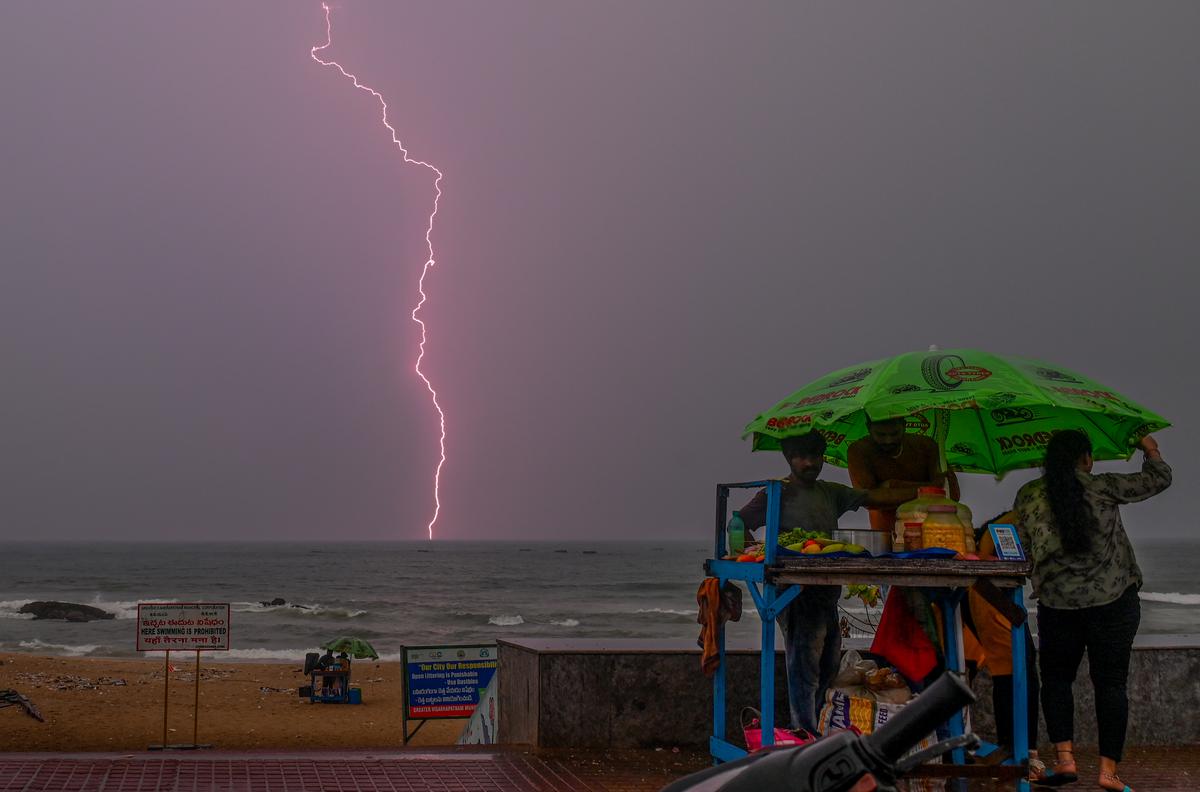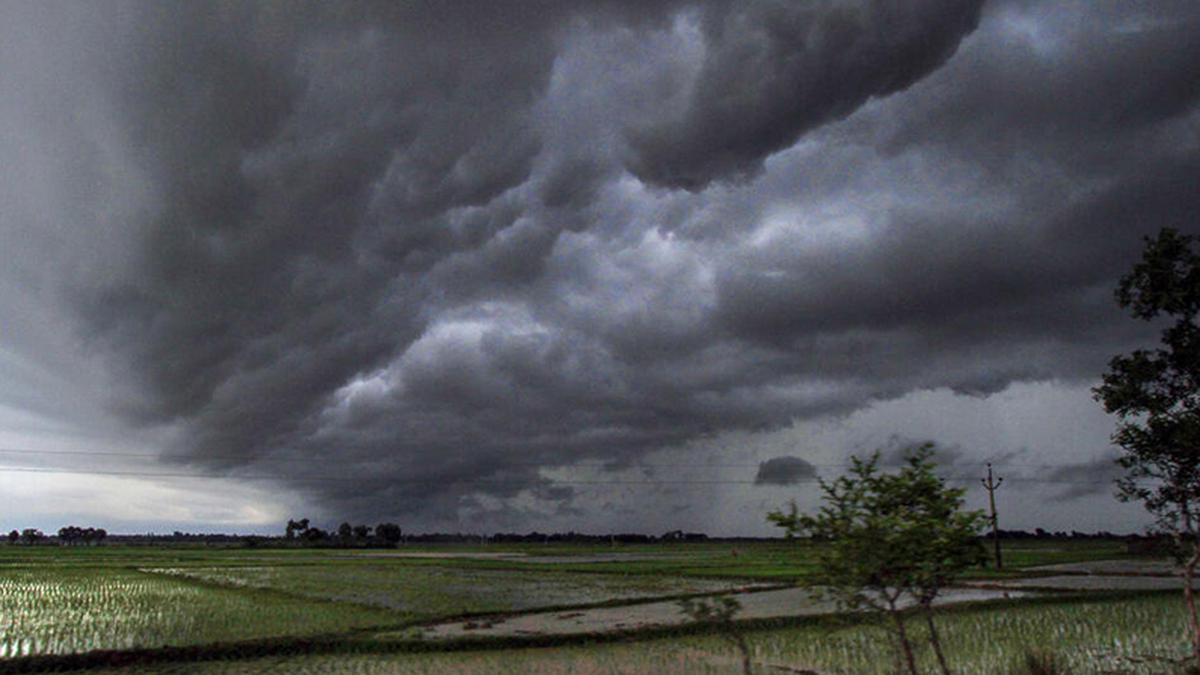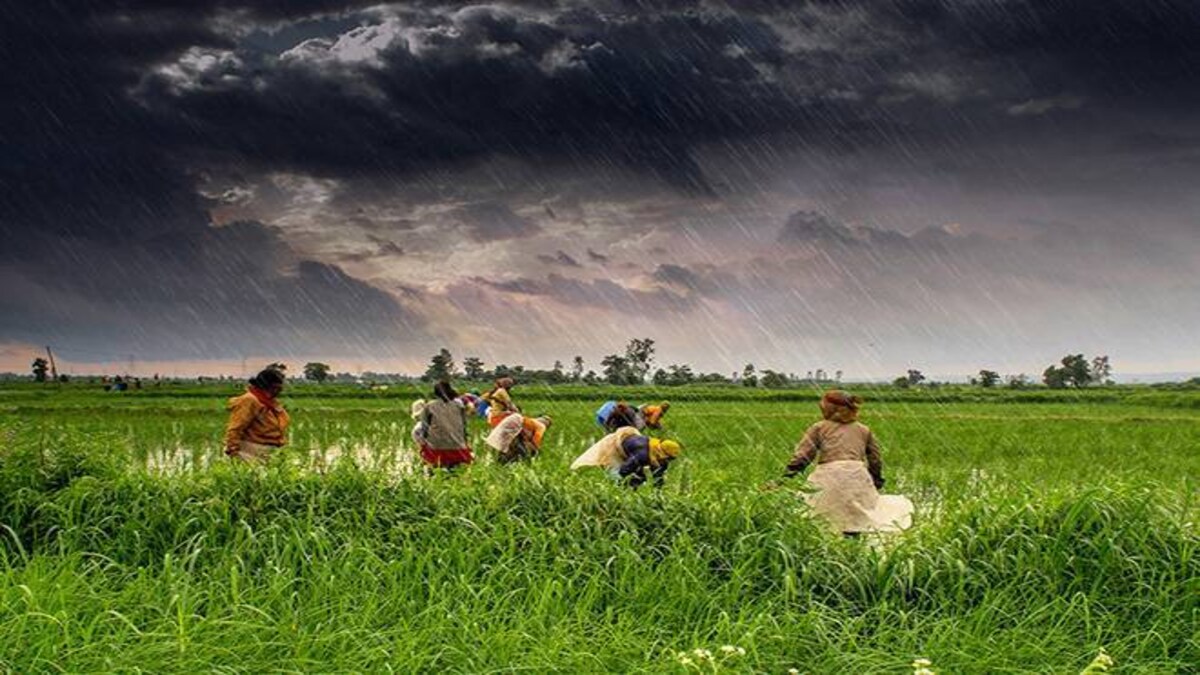IMD Predicts ‘Normal’ Rainfall in September: An Outlook for Weather and Agriculture 2023

IMD Predicts ‘Normal’ Rainfall in September: An Outlook for Weather and Agriculture 2023
After the driest August since 1901, the India Meteorological Department (IMD) forecast ‘normal’ monsoon rainfall for September in the range of 91-109% of the benchmark — long period average (LPA) — on Thursday.
But with 92% of the typical range, this season’s total rainfall is probably going to be “below normal.”Since 2015, when rainfall was 86% of the LPA, this year’s monsoon rains (June to September) are most likely to be the least intense.

Precipitation in 2018 was 91% of the LPA.According to Mrutyunjay Mohapatra, director general at the IMD, the planting of the kharif crops is virtually complete, and the area covered is just slightly higher than the level of the previous year. This improvement is mostly due to July’s excess rainfall of 113% of the LPA.
Only 74% of the LPA of rain fell in August, which makes up around 30% of the total precipitation during the monsoon season.Officials from the agricultural ministry claim that the current dry spell may have an impact on crop production, particularly for pulses and oilseeds, which are more susceptible to a lack of rain. These plants are on the verge of blossoming.
Alarmingly, as of Thursday, water levels in 146 important reservoirs were 23% lower than they were a year ago and 9% lower than the average over the previous ten years. This was mostly caused by the southern region’s abrupt drop in water levels.

According to the Met Department’s prognosis for the upcoming month, rainfall that is “normal to above normal” is predicted to occur in several regions of northeast India, east India, certain portions of east-central and south peninsular India, and the foothills of the Himalayas. Rainfall that is “below normal” is expected in the remaining regions of the nation.
“El Nino conditions over the Pacific Ocean greatly impacted August rainfall while the Indian Ocean Dipole (IOD), which aids the monsoon, has just turned positive and is therefore unlikely to counter the El Nino conditions,” Mohapatra added. According to him, a mild El Nino situation is anticipated to last through the beginning of the next year.
Up till Thursday, the whole monsoon rainfall were 90% of the LPA, according to the met agency. Rains have been insufficient in the remaining regions, including central India (-10%), the east and northeast (-17%), and the south peninsula (-17%), with the exception of the northwest India, where precipitation has so far exceeded the benchmark by 3%.

IMD had stated in April that it anticipated June through September’s rainfall to be in the “normal” range at 96% of LPA.
Because of its inaccuracy range of +/- 4% of LPA, Mohapatra stated that the met department will not be changing its April forecast. Precipitation this year may be “below normal” in 94% of the LPA, according to a private weather forecasting organisation called Skymet. 58% of the 717 districts in the nation have currently had average or above-average rainfall. The remaining 300 districts have gotten little to no rain.
IMD categorises rainfall as “normal” when it is between 96% and 104% of LPA. Precipitation between 90% and 95% of the LPA is referred to as “deficient,” while precipitation below 90% of the LPA is considered “below normal.”
Rainfall that is between 104% and 110% of the benchmark is considered “above normal,” while rainfall that is more than 110% of LPA is considered “excess.” The LPA is the 87 cm average of rainfall from 1971 until 2020. In the crop year 2022–2023, India’s foodgrain output increased 5% year over year to a new high of 330.5 million tonne (MT). At 332 MT, the goal for 2023–24 is slightly higher.

Despite the recent years’ inconsistent rainfall, the output of foodgrains was not greatly impacted. For instance, in 2014, food grain output decreased by merely 5% to 252 MT despite monsoon rainfall that were 12% below average. Despite 9% below-average monsoon rainfall in 2018, rice, wheat, and pulse output did not decrease in the 2018–19 crop year.
The Indian Meteorological Department (IMD) plays a crucial role in providing accurate and timely weather forecasts to help various sectors of the economy prepare for changing weather conditions. As we approach the month of September, the IMD’s prediction of ‘normal’ rainfall comes as a relief for many regions in India. In this article, we will delve into the significance of this forecast, its implications for different sectors, and how it aligns with the broader weather patterns.
The IMD’s forecast of ‘normal’ rainfall for September indicates that the amount of precipitation expected during the month is likely to be within the long-term average range. This forecast is based on a combination of historical weather data, current atmospheric conditions, and advanced meteorological models. While the term ‘normal’ might sound unspecific, it refers to the median value of rainfall over a certain period, usually 30 years, which serves as a benchmark for comparison.

Agriculture is one of the sectors that heavily depends on rainfall, and the IMD’s prediction of ‘normal’ rainfall in September holds significant implications for farmers and crop yields. Adequate and timely rainfall is essential for the growth and development of crops. With ‘normal’ rainfall, farmers can expect improved soil moisture levels, which in turn enhances germination, root development, and overall plant health.
This prediction also comes at a critical juncture as September marks the beginning of the Rabi (winter) cropping season in many parts of India. A good start to the season can set the tone for a productive agricultural year.
The forecast of ‘normal’ rainfall is also of paramount importance for water reservoirs and hydroelectric power generation. Reservoirs are essential for water supply, irrigation, and power generation.
Adequate rainfall helps maintain healthy water levels in these reservoirs, ensuring a consistent supply of water for various purposes. Additionally, hydroelectric power generation depends on the flow of water in rivers, which is influenced by rainfall patterns. Normal rainfall is likely to support stable power generation from hydroelectric sources.

For urban planning and disaster management, rainfall predictions are crucial to prepare for potential floods, landslides, and other weather-related emergencies. Normal rainfall reduces the risk of sudden and excessive flooding that can disrupt daily life and cause significant damage to infrastructure. Authorities can use the IMD’s forecasts to fine-tune their disaster preparedness plans and ensure that communities are equipped to handle any adverse weather conditions.
The IMD’s ability to predict ‘normal’ rainfall in September is a testament to advancements in climatic modeling and predictive techniques. Meteorologists use sophisticated computer models that consider a multitude of atmospheric variables, such as sea surface temperatures, air pressure patterns, and wind currents. By analyzing these factors, meteorologists can estimate how they will interact and influence weather conditions in the coming weeks.

The IMD’s prediction of ‘normal’ rainfall in September brings a sense of relief and optimism to various sectors of the economy, especially agriculture, water management, and disaster preparedness.
The accuracy of such forecasts reflects the progress made in meteorological science and technology. However, it’s important to note that while ‘normal’ rainfall is generally positive, local variations in weather patterns can still occur.

As we move forward, continued investment in meteorological research and infrastructure will be crucial to enhance our ability to forecast weather with greater precision and reliability.




